by Megan Shearin

There are more students enrolled in
foreign language courses than any other department within the
Arts & Sciences at William & Mary, making the College a leader in a nationwide trend that’s sweeping across higher education in America.
According to the recent report, “Enrollments in Languages Other Than English in United States Institutions of Higher Education, Fall 2009,” released by the Modern Language Association (MLA), enrollments in languages other than English at U.S. colleges and universities have continued to grow over the past decade. They are also diversifying to include an increasingly broad range of language studies, says the report, the longest-running and most comprehensive analysis of the study of languages in higher education.
“The majority of students are not taking language courses because of the foreign language proficiency requirement, they’re taking language courses because of their interest in the particular subject matter, future career goals or their desire to learn another language,” said Professor Silvia Tandeciarz, chair of modern languages and literatures.
The new survey found that the study of Arabic registered the largest percentage of growth since 2006, with course enrollments growing by 46.3 percent. Chinese and Japanese enrollments also increased significantly, up 18.4 percent and 10.3 percent, respectively.
Tandeciarz, who teaches Hispanic Studies courses, said William & Mary also has seen tremendous enrollment increases in those language areas. Departmental data shows that since 2005, enrollments in introductory Chinese increased by 27 percent and Arabic by 25 percent. Overall, the department has seen an 8 percent increase in lower-level courses, or an additional 155 students in the classroom.
Professor Rachel DiNitto, associate chair for educational policy for modern languages and literatures, said enrollments had increased so vastly “that a few years ago, we had one year in which there wasn’t a single seat open for incoming freshmen in any introductory language class in the whole department.”
Since then, the department has started enrollment management and now saves half the seats in every introductory language course for freshmen. They also added additional course sections to relieve some of the enrollment pressures, she said.
“The biggest demand is in 101 and 102,” said DiNitto, who also teaches courses in Japanese. “And, part of that is just a function of the numbers themselves because all languages have an attrition process.”
But with 75 percent of students coming to William & Mary having already met the foreign language proficiency requirement, Tandeciarz says there’s been a clear shift in the recognition of language and its importance as we transition into the 21st century.
“Students are not taking language courses because they need to or because they have to,” she said. “They’re doing it because they want to.”
A Changing and Globally Connected World
Historically, Tandeciarz says there’s always been pressure to teach additional languages, mainly because of rising economies and a globally driven market.
“The university has to shift and respond to pressures from social movements, pressures from a changing world, so the academy today isn’t what the academy was 100 years ago,” said Tandeciarz. “We’re constantly shifting, re-thinking ourselves, reinventing what we do in light of what’s happening around us.”
And in today’s global climate students are learning more than one new language while in college. DiNitto said the department is tracking another new trend: dual languaging in either Chinese and Japanese or Chinese and Arabic.
“The dual language in Japanese and Chinese is a natural connection, especially because of the writing systems,” said DiNitto. “But Arabic and Chinese are completely different. China is becoming the world’s strongest economy and the government needs people who can speak Arabic, so to a certain extent students are covering their bases, but that’s a real commitment to study those two languages. It’s not just a passing fancy.”
Both professors agree that the main appeal of dual languages is that students have a broader scope and a wider view of a more globally connected world. One way to streamline the two would be for students to take the newly proposed major in Asian and Middle East Studies, combining Middle Eastern Studies with East Asian Studies and incorporating South Asian Studies. During fall 2010, the Educational Policy Committee voted to approve such a major, which is slated to go before a vote by the Faculty of Arts & Sciences this spring.
“Along with the study of the major languages of the region, the proposed Asian and Middle East Studies major will include courses on history, politics, religion, literature, fine and media arts, and expressive and ritual culture,” said Teresa Longo, dean for educational policy. “The interdisciplinary components of the curriculum are meant to provide students with a specialized knowledge of a vital region within Asia and to introduce them to cross-regional practices.”
A More Diversified Student
While institutions are still figuring out how to balance the language needs of their students, they’re also experiencing another change on the language forefront: what type of student can they expect to enroll in language courses?
“For many years, the students who studied Japanese and Chinese were traditionally East Asian Studies majors,” said DiNitto. “Now, we’re getting more and more students who are business majors, chemistry majors, and majors from academic fields across campus. And they’re coming at language from a very different angle.”
DiNitto attributes the influx of students from various demographics and academic fields to an internationalized world that continues to diversify, and students who want to be prepared for global citizenship.
“Back in the 1980s, students got a business degree and regardless where you went, they just hired a translator and that was considered sufficient,” she said. “It’s no longer sufficient anymore, nor is it desirable.”
At William & Mary, Japanese enrollments in upper-level courses have increased 24 percent over the last five years, according to departmental data. The program has split the third-year class into two sections to accommodate the increasing number of freshmen entering with advanced language skills. Chinese has registered almost a 50 percent increase for its upper-level courses and now offers two sections of third and fourth year courses.
“The increases in upper-level courses are in response to high schools teaching those languages more regularly in comparison to the traditional languages taught such as French, German and Spanish,” said DiNitto.
Moving Forward
It’s hard to imagine the future without considering the past: William & Mary is the first and oldest Modern Languages and Literatures Department in the nation. Its beginnings can be traced to a professorship established by Thomas Jefferson in 1777, said Tandeciarz.
“It’s challenging to stay on top and figure out what the needs are and how to best address them,” she said. “But, we recognize that it’s a shifting landscape and as we think about training our students for a more globally interconnected world, having these language skills is extremely important.”
One thing is for sure: the study of a language is just one small piece that is necessary when looking at our world.
“What students are really getting is a deep cultural understanding that is only available to them if they can read what people living in those parts of the world are writing, understand what they are saying, and identify with how they’re representing themselves and the issues they face,” said Tandeciarz. “It’s much more about cross cultural understanding and not simply that language skill – learning the language is really a first step, a tool for the work that we do.”
 ongratulations to Bella Ginzbursky-Blum, the recipient of 2020 National AATSEEL (American Association of Teachers of Slavic and East European Languages) Excellence in Teaching Award! Professor Ginzbursky-Blum is a Senior Lecturer in the Department of Modern Languages and Literatures. She teaches Russian language classes at all levels, and also enjoys teaching classes on Russian literature and, especially, on the Russian Fairy Tale Tradition.
ongratulations to Bella Ginzbursky-Blum, the recipient of 2020 National AATSEEL (American Association of Teachers of Slavic and East European Languages) Excellence in Teaching Award! Professor Ginzbursky-Blum is a Senior Lecturer in the Department of Modern Languages and Literatures. She teaches Russian language classes at all levels, and also enjoys teaching classes on Russian literature and, especially, on the Russian Fairy Tale Tradition.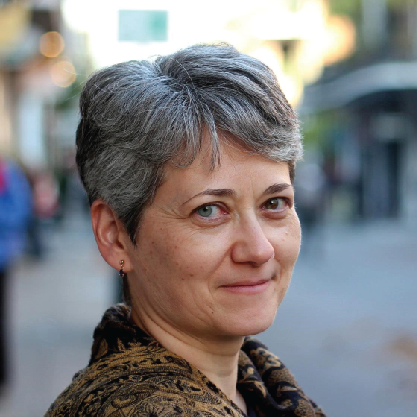






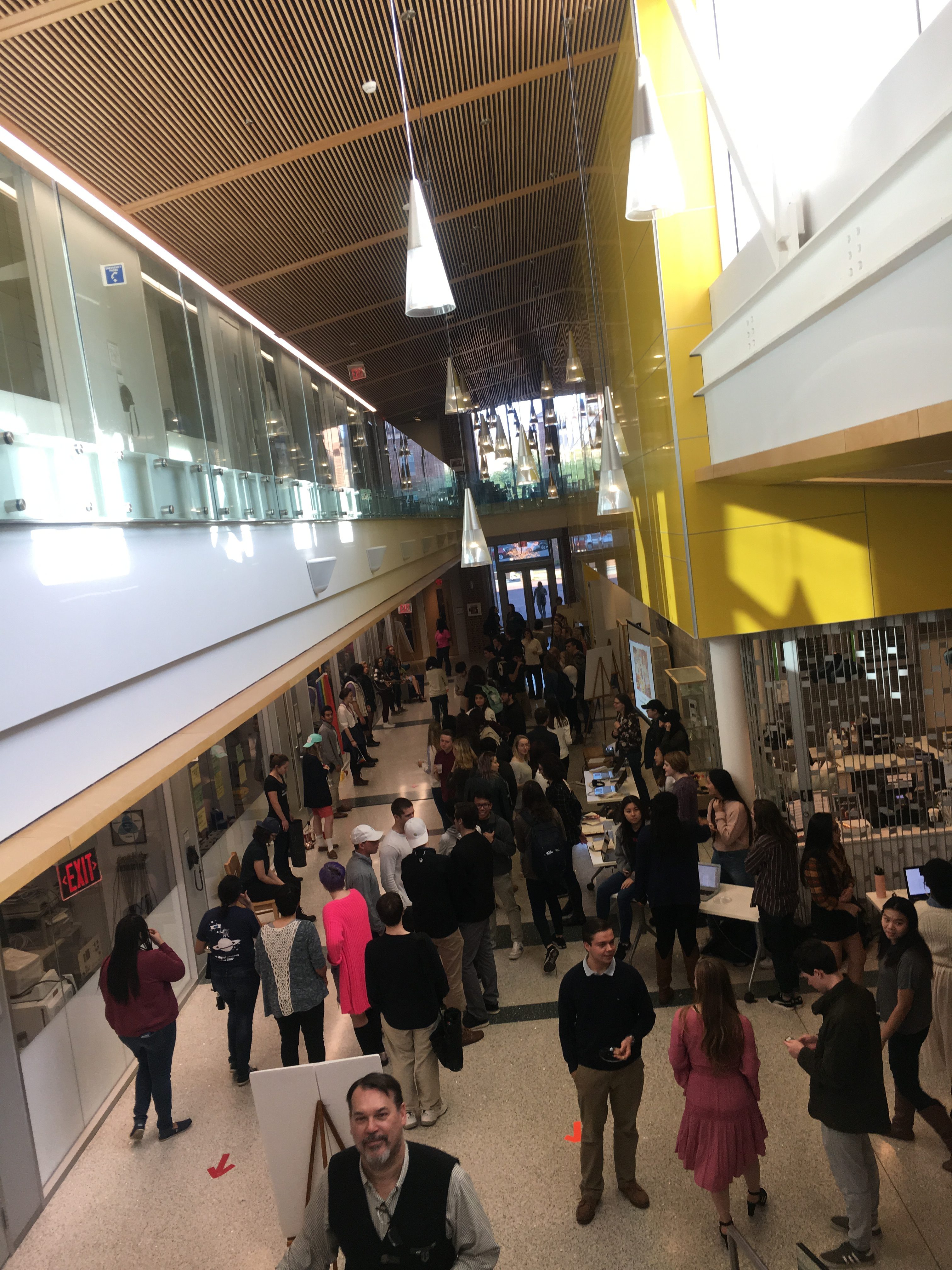














































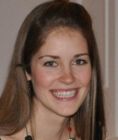

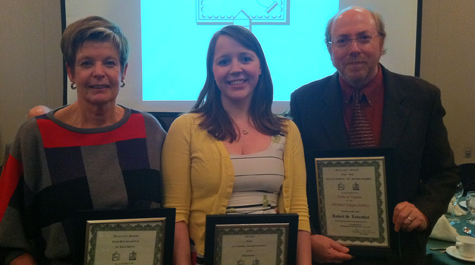













 Feb 24-27th, WM will be hosting a national colloquium on Minority Studies. The colloquium, which is a partnership between WM and the Future of Minority Studies Project (FMS) will bring together nationally recognized scholars and activists dedicated to Minority Studies on both a national and international level. The program will feature panels on Human Rights, Critical Pedagogies, Native Issues and Race and Immigration. “Subjugated Histories” is an interdisciplinary event representing disciplines as diverse as Critical Race Studies, Philosophy, Literature, Social Psychology, Education and Sociology and will feature renowned scholars Walter Mignolo, Linda Alcoff, Paula Moya and Hazel Markus. FMS events are unique in that, because there are no simultaneous panels, participants engage in sustained dialogue over the course of the two days and have ample opportunity to converse with graduate students, junior faculty and senior scholars from around the country.
Feb 24-27th, WM will be hosting a national colloquium on Minority Studies. The colloquium, which is a partnership between WM and the Future of Minority Studies Project (FMS) will bring together nationally recognized scholars and activists dedicated to Minority Studies on both a national and international level. The program will feature panels on Human Rights, Critical Pedagogies, Native Issues and Race and Immigration. “Subjugated Histories” is an interdisciplinary event representing disciplines as diverse as Critical Race Studies, Philosophy, Literature, Social Psychology, Education and Sociology and will feature renowned scholars Walter Mignolo, Linda Alcoff, Paula Moya and Hazel Markus. FMS events are unique in that, because there are no simultaneous panels, participants engage in sustained dialogue over the course of the two days and have ample opportunity to converse with graduate students, junior faculty and senior scholars from around the country.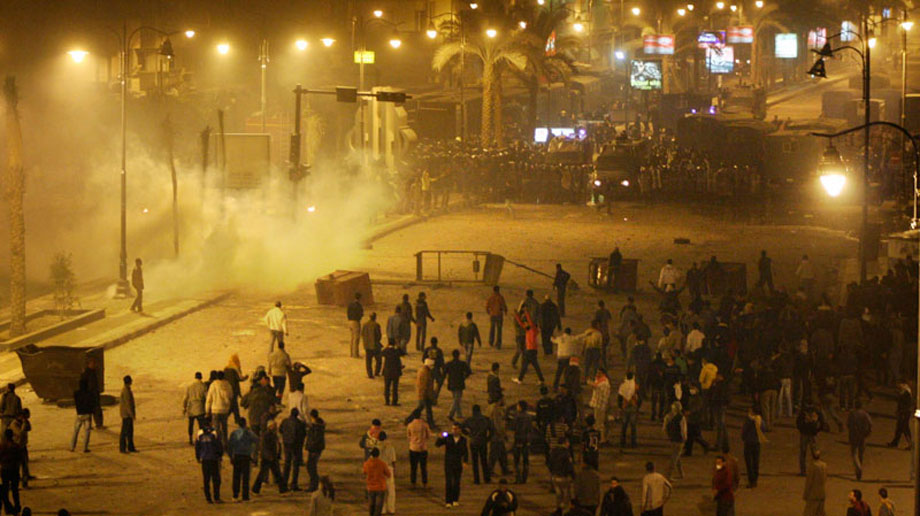
 John Pence ’12 (courtesy photo)
John Pence ’12 (courtesy photo)

 Ahlan ya gamaa`! (Hello gang!)
Ahlan ya gamaa`! (Hello gang!)
 Sarah was finishing her junior year as a Hispanic Studies major and jumped at the chance to join her advisor, Professor Silvia Tandeciarz, and fellow student John Cipperly for a two-week research trip to Chile and Argentina, two nations emerging from brutal experiences with state terrorism. The students’ participation was made possible by a Borgenicht Foundation for Identity and Transformation Grant supporting faculty-directed student research projects.
Sarah was finishing her junior year as a Hispanic Studies major and jumped at the chance to join her advisor, Professor Silvia Tandeciarz, and fellow student John Cipperly for a two-week research trip to Chile and Argentina, two nations emerging from brutal experiences with state terrorism. The students’ participation was made possible by a Borgenicht Foundation for Identity and Transformation Grant supporting faculty-directed student research projects.

 There are more students enrolled in
There are more students enrolled in 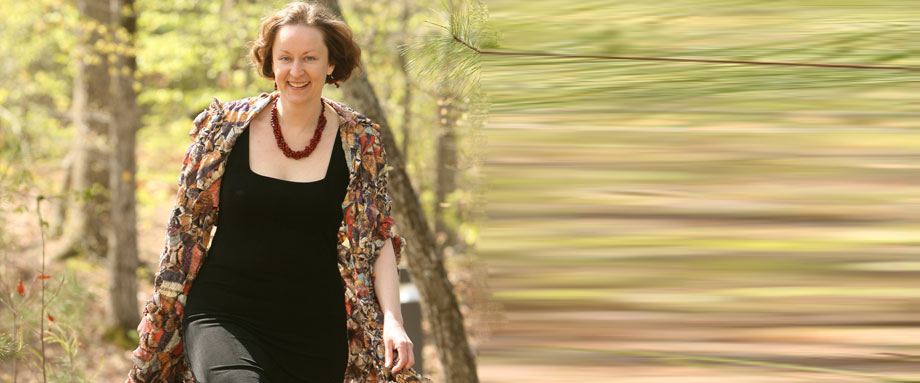
 ‘Couture & Consensus: Fashion and Politics in Postcolonial Argentina’ by Regina A. Root
‘Couture & Consensus: Fashion and Politics in Postcolonial Argentina’ by Regina A. Root The second chapter, “Dressed to Kill,” is about female complicity during the push for independence from Spain. Here, Root gives voice and presence to the many nameless and overlooked women who participated actively in the war effort—women who constructed uniforms and who sometimes even donned them in order to fight during the various (ultimately unsuccessful) British invasions of Buenos Aires.
The second chapter, “Dressed to Kill,” is about female complicity during the push for independence from Spain. Here, Root gives voice and presence to the many nameless and overlooked women who participated actively in the war effort—women who constructed uniforms and who sometimes even donned them in order to fight during the various (ultimately unsuccessful) British invasions of Buenos Aires.
